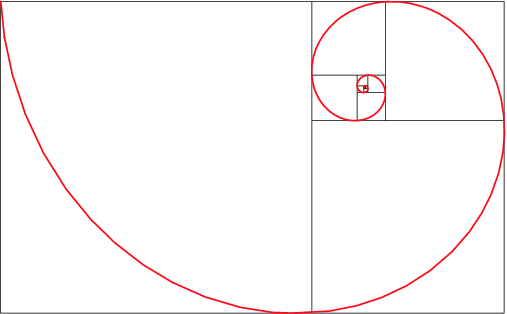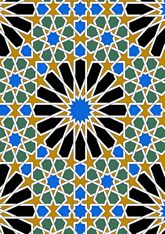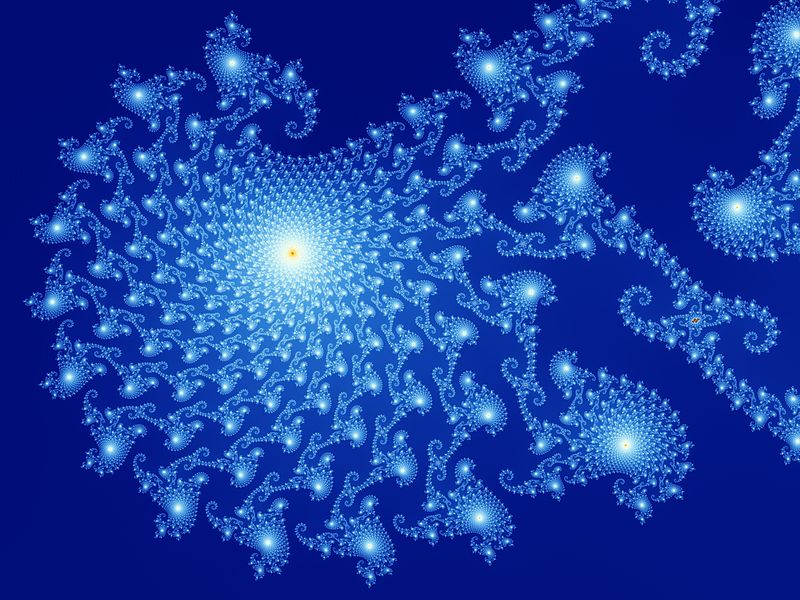The phrase was made famous by C.P. Snow’s Rede Lecture of 1959, in Cambridge, England, which was viciously attacked by the critic F.R. Leavis in 1962 and later, more moderately, by Lionel Trilling in America, generating a major controversy in academic circles concerning the relationship of arts and sciences. (See C.P. Snow,
The Two Cultures, with an Introduction by Stefan Collini, Cambridge University Press, 1998.) The controversy recalled a famous exchange in the 1880s between T.H. Huxley and Matthew Arnold. Snow, like Huxley before him, took the side of the scientists against the men of letters. Not being able to describe the Second Law of Thermodynamics, he thought, was equivalent to confessing that one had not read a work by Shakespeare. His critics argued that the contrast drawn between the two cultures was crude and misleading, that his celebration of consumerism and the industrial revolution showed him to be a rabid philistine, and so forth.
When Snow and Leavis were writing, the English education system forced children to choose between the humanities and the sciences as early as the age of fourteen. As Stefan Collini points out in his
Introduction to the book, if it is hard to speak of one simple dividing line between art and science any more, the underlying problem has not gone away. The fragmentation of the disciplines has continued, and we have lost a sense of how of these each fits into the larger cultural whole. This problem afflicts even liberal arts colleges in the United States, and connects with deeper problems that need a spiritual and not just a bureaucratic response. In an article in
The New Atlantis called "
Human Dignity and Higher Education", Peter Augustine Lawlor writes:
It is no secret that most of our colleges that give lip service to “liberal education” do not deliver it, and what they do teach exaggerates — not moderates — the undignified confusion of our time. They certainly do not give students the impression that there is much — if any — moral or humanistic content (as opposed to method, like critical thinking or analytical reasoning) that they need to know. And so they do not give students the impression that their education is about who they are or what they are supposed to do. Moreover, the permissive and indulgent atmosphere of our colleges extends adolescence far more than it serves as a bridge between childhood and adulthood. Our colleges inculcate habits that are positively antagonistic to the formation of moral virtue, and they often undermine the good habits and confident beliefs that students sometimes bring with them to college in the first place.
Lawlor praises some of the smaller liberal arts colleges in the US for offering a real education, but he points out that secular institutions tend to be victims of the culture around them - all the more important, then, when choosing a college, to go for one that is explicitly religious in its foundation and ethos (one like
Thomas More College, perhaps, shown in the picture). Luigi Giussani's book
The Risk of Education: Discovering Our Ultimate Destiny (Crossroad, 2001, reviewed
here by Joel Garver) makes a refreshing read on this subject. "Never before," he writes, "has society... had so many tyrannical tools to invade our consciousness. Today, more than ever, society is the sovereign educator or perhaps more correctly, mis-educator. In this climate, the educational crisis appears first as a lack of awareness in which teachers the,selves become unknowing promoters of society's flaws." Giussani goes on (p. 74):
It also appears in a lifeless approach to teaching, in which teachers lack the energy to wage war against a pervasive negativity, choosing traditional, formalistic positions instead of renewing the eternal redeeming Word in the face of the new struggle.
Does a religious commitment belie the term "liberal" by contricting academic freedom? Not necessarily. It all depends on the spirit and the people involved. Faith should be an act that deepens our freedom to love, not one that inculcates fear and suspicion. For Giussani, education is a calling that appeals to all the dimensions of the human spirit, and that is why love is always the key. "To love is first of all a way of conceiving oneself as 'sharing one's life', thus as being ontologically linked to everything" (p. 79). God, the origin of being, is precisely this sharing of life - the ultimate and inexhaustible meaning of life, the world, and history.












































